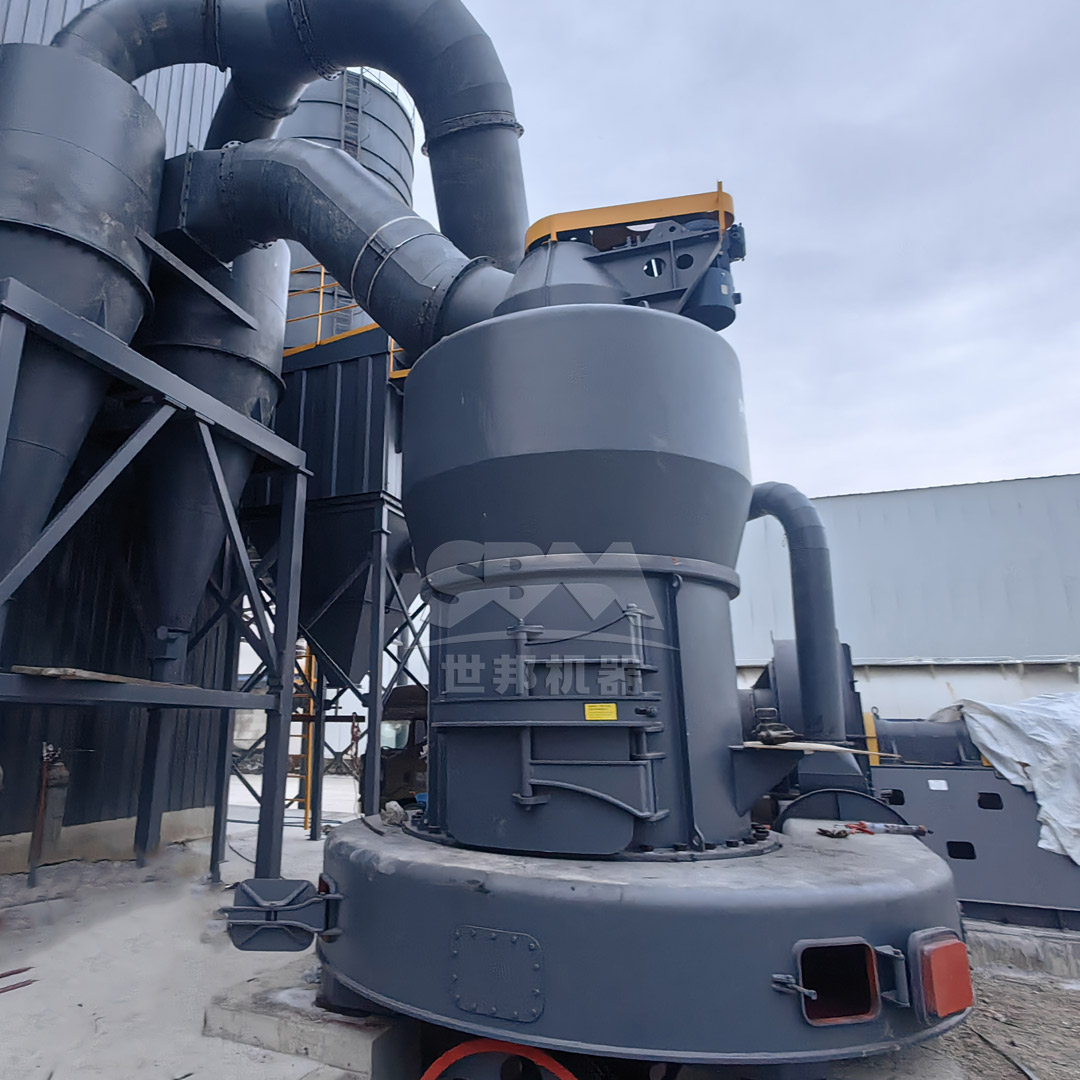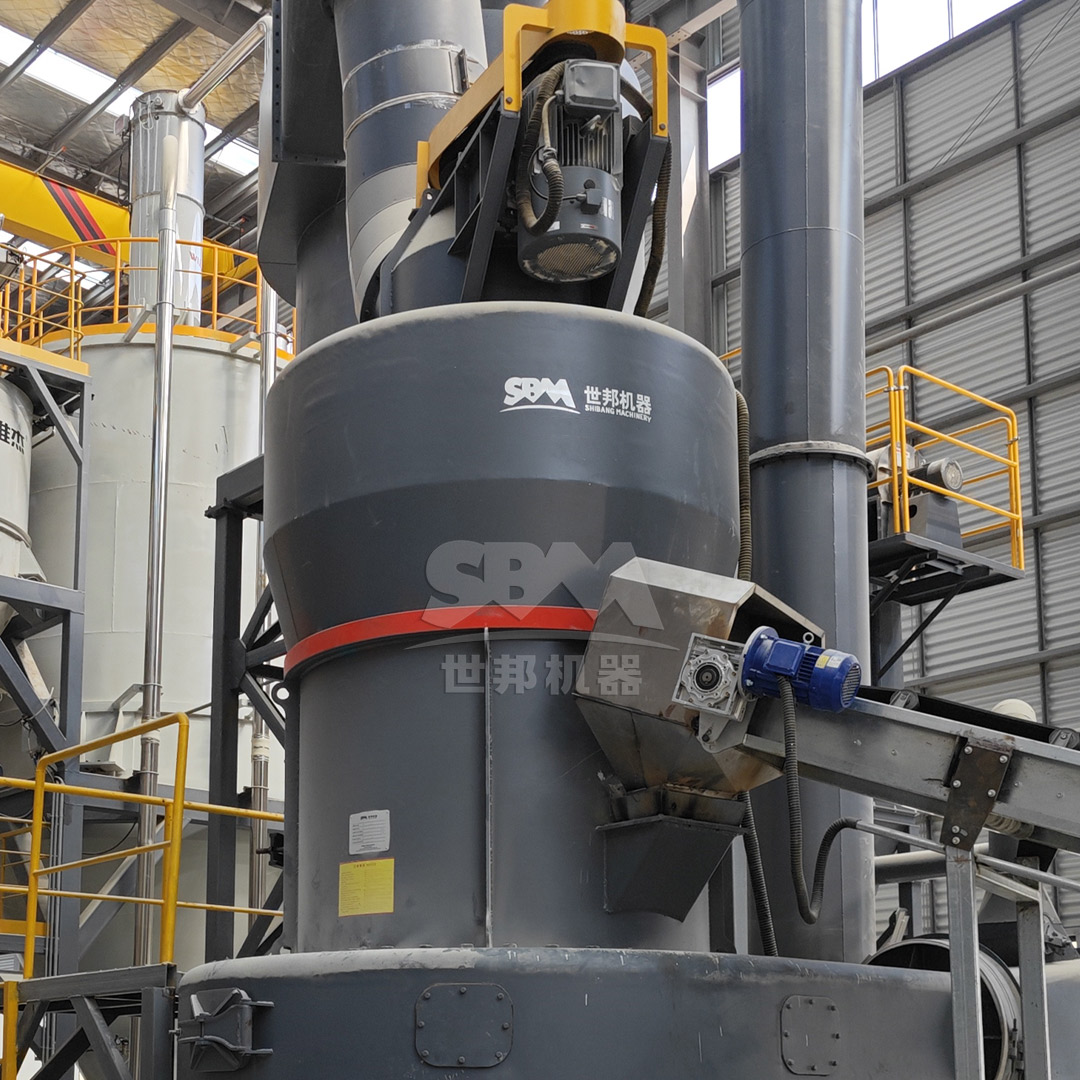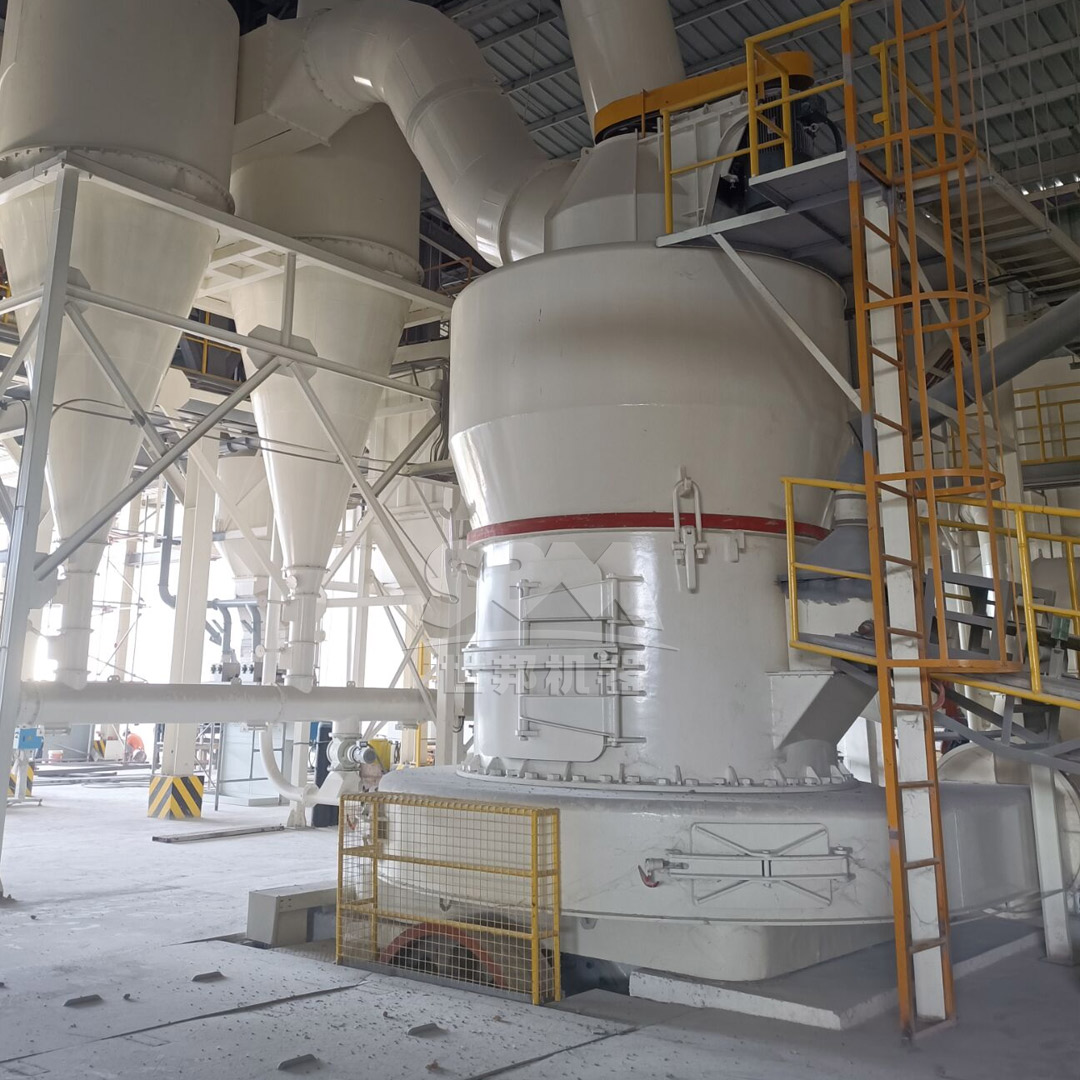The global transition to electric vehicles has placed unprecedented demands on battery technology, particularly in the realm of anode materials. Graphite remains the dominant anode material due to its excellent electrical conductivity, layered structure for lithium intercalation, and relative abundance. However, achieving the precise particle size distribution, morphology, and purity required for high-performance automotive batteries presents significant manufacturing challenges that conventional grinding equipment cannot adequately address.
Advanced roller mill technology has emerged as the solution for producing battery-grade graphite with the consistent quality and scalability needed for mass EV production. The processing parameters—particularly final particle size, shape control, and contamination minimization—directly influence battery capacity, charging speed, cycle life, and safety characteristics.

Automotive applications demand graphite powders with specific characteristics that differ significantly from industrial graphite products. The stringent requirements stem from the need for high energy density, rapid charging capability, and long-term reliability under varying environmental conditions.
The ideal graphite anode material features a tightly controlled particle size distribution with D50 typically between 10-20μm and D90 below 25μm. This optimal size range balances lithium-ion diffusion pathways with sufficient particle packing density. Finer particles increase surface area and improve rate capability but may reduce first-cycle efficiency due to excessive solid electrolyte interface (SEI) formation.
Spherical or semi-spherical particle shapes are preferred as they facilitate better packing density in electrode coatings and improve electrolyte permeability. The grinding process must preserve the crystalline structure of graphite to maintain electrical conductivity while creating the desired particle morphology through controlled fracture mechanisms.
Metallic contamination from grinding media must be minimized to parts-per-million levels, as even trace metals can catalyze electrolyte decomposition and accelerate battery aging. This requirement necessitates specialized grinding chamber designs and wear-resistant materials that prevent metallic introduction during processing.
Modern roller mills represent the state-of-the-art in graphite comminution, offering precise control over particle size distribution while maintaining high throughput and energy efficiency. Unlike impact mills that create irregular particle shapes or ball mills that introduce contamination, roller mills utilize a bed compression principle that produces more uniform, spherical particles with minimal contamination.

Contemporary roller mills incorporate several critical innovations that make them ideally suited for battery-grade graphite production:
For operations requiring the finest graphite powders with tight particle size distributions, the SCM Ultrafine Mill represents an ideal solution specifically engineered for high-value mineral applications including battery materials. With an output fineness range of 325-2500 mesh (D97≤5μm), this system delivers the ultra-fine specifications required by leading battery manufacturers.
The SCM series incorporates several features that make it particularly suitable for battery anode production:
| Model | Processing Capacity (ton/h) | Main Motor Power (kW) | Feed Size (mm) | Final Fineness (mesh) |
|---|---|---|---|---|
| SCM800 | 0.5-4.5 | 75 | 0-20 | 325-2500 |
| SCM900 | 0.8-6.5 | 90 | 0-20 | 325-2500 |
| SCM1000 | 1.0-8.5 | 132 | 0-20 | 325-2500 |
| SCM1250 | 2.5-14 | 185 | 0-20 | 325-2500 |
| SCM1680 | 5.0-25 | 315 | 0-20 | 325-2500 |
Battery producers utilizing the SCM Ultrafine Mill report significant advantages in their anode material production:
For operations requiring high-volume processing of graphite at intermediate fineness levels (30-325 mesh), the MTW Series Trapezium Mill offers an optimal balance of capacity, efficiency, and product quality. This system is particularly valuable in integrated graphite processing plants where multiple grinding stages are employed to achieve the final product specifications.
The MTW series incorporates several innovations that enhance its performance in graphite applications:
| Model | Processing Capacity (ton/h) | Main Motor Power (kW) | Feed Size (mm) | Final Fineness (mesh) |
|---|---|---|---|---|
| MTW110 | 3-9 | 55 | <30 | 10-325 |
| MTW138Z | 6-17 | 90 | <35 | 10-325 |
| MTW175G | 9.5-25 | 160 | <40 | 10-325 |
| MTW215G | 15-45 | 280 | <50 | 10-325 |
The MTW Series demonstrates exceptional versatility in graphite processing applications:
Successful implementation of roller mill technology in battery anode production requires careful integration with upstream and downstream processes. A holistic approach ensures consistent quality while optimizing overall production economics.

Consistent feed material characteristics are essential for stable roller mill operation. Pre-crushing to appropriate top size (typically ≤20mm for SCM series, ≤50mm for MTW series) and moisture control (<1% for optimal grinding efficiency) establish the foundation for consistent product quality.
Advanced control systems continuously monitor critical parameters including:
Comprehensive quality assurance protocols should include:
The selection of appropriate grinding technology represents a significant capital investment with substantial implications for operating costs and product quality. A comprehensive economic analysis should consider both direct and indirect factors.
Roller mill systems require higher initial investment compared to conventional ball mills or impact mills, but offer superior long-term economics through:
Ongoing operational expenses can be optimized through:
The evolving requirements of next-generation batteries will continue to drive innovations in graphite processing technology. Several emerging trends warrant consideration when selecting grinding equipment for new production facilities.
As battery manufacturers pursue higher energy densities and faster charging capabilities, the demand for finer graphite powders with tighter size distributions will intensify. Equipment capable of producing D97 values below 3μm with narrow distribution curves will become increasingly valuable.
Future grinding systems may incorporate in-process surface treatment capabilities for carbon coating or functionalization, creating streamlined production flows with reduced handling and contamination risks.
Advanced roller mills are increasingly incorporating IIoT capabilities for remote monitoring, predictive maintenance, and quality prediction through machine learning algorithms. These digital capabilities enhance operational reliability while reducing quality variability.
Energy efficiency, water consumption, and emissions control will become increasingly important selection criteria as battery manufacturers face growing pressure to minimize environmental impact across their supply chains.
The production of high-performance graphite anode materials for automotive batteries demands precision grinding technology that can deliver consistent particle characteristics at commercial scale while minimizing contamination and operating costs. Advanced roller mill systems, particularly the SCM Ultrafine Mill for finest applications and MTW Series Trapezium Mill for high-capacity intermediate grinding, represent proven solutions that meet these challenging requirements.
As battery technology continues to evolve, the capabilities of graphite processing equipment will play an increasingly critical role in determining the performance, cost, and sustainability of electric vehicles. Forward-thinking manufacturers who invest in advanced roller mill technology today will be well-positioned to meet the demanding specifications of tomorrow’s battery markets.